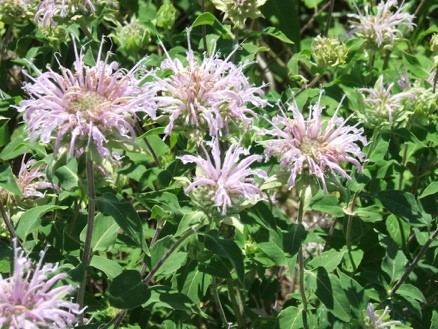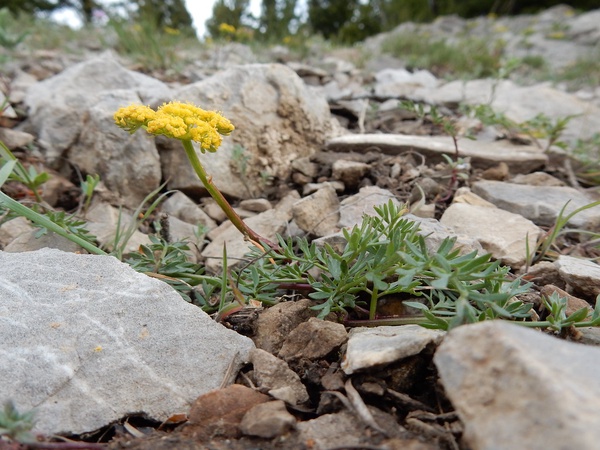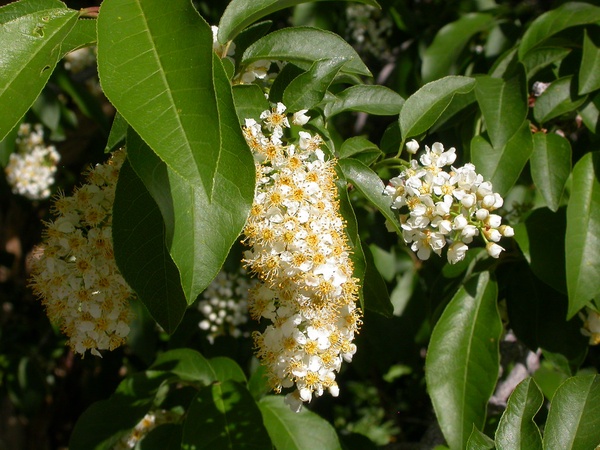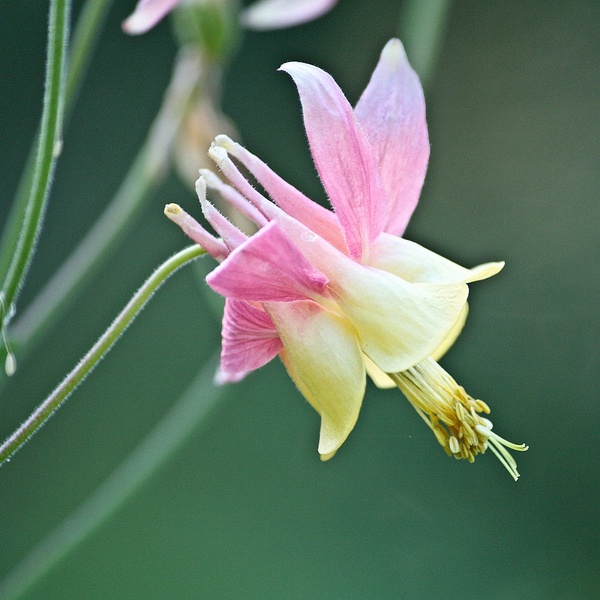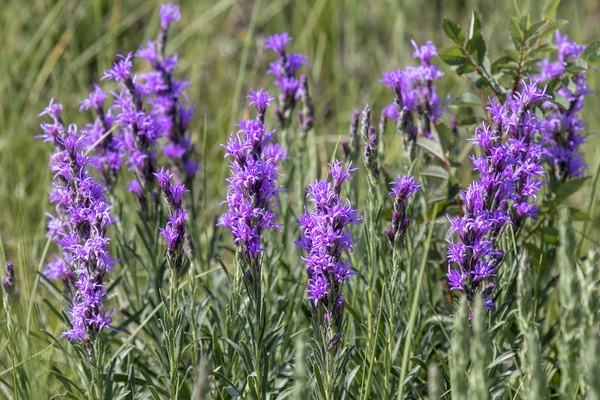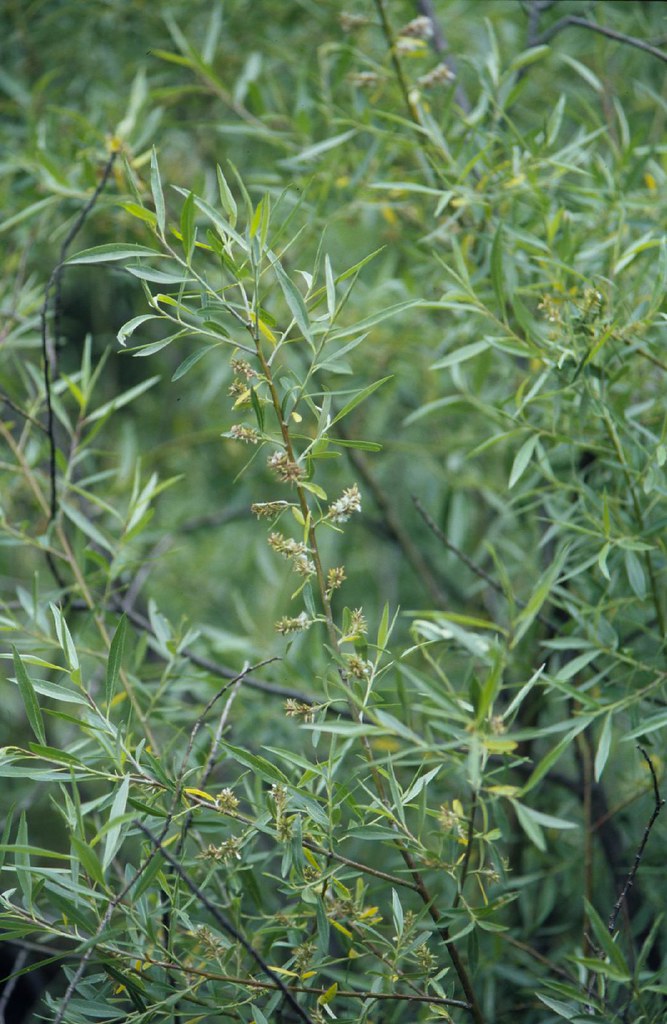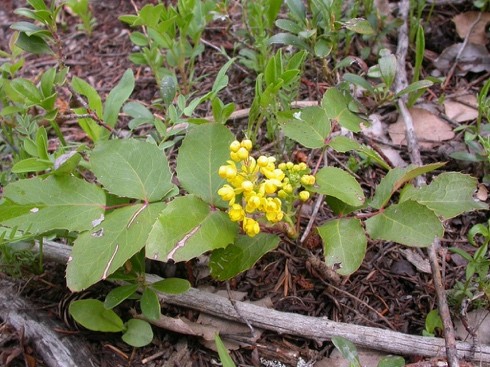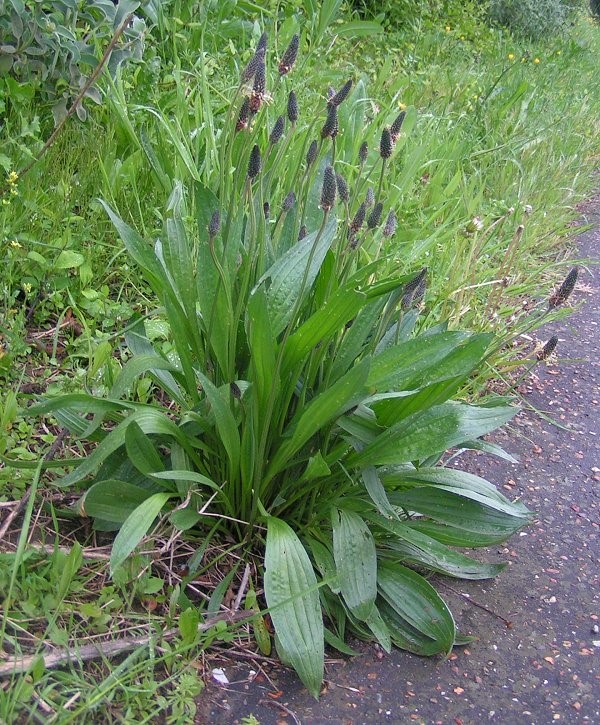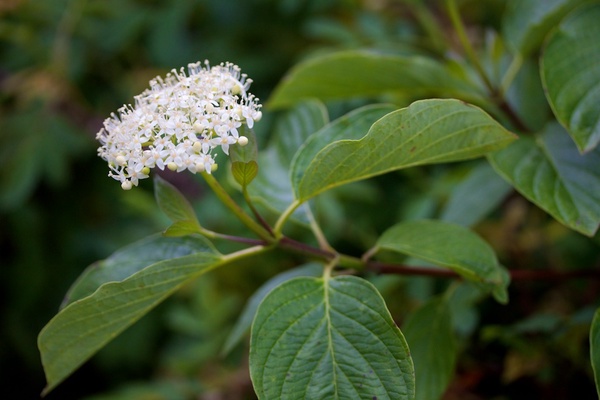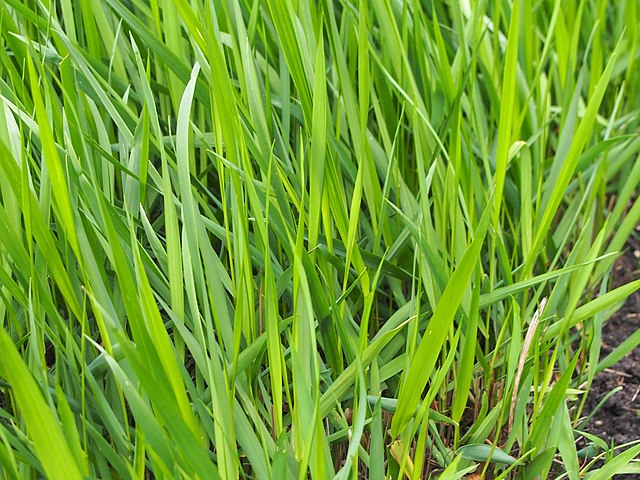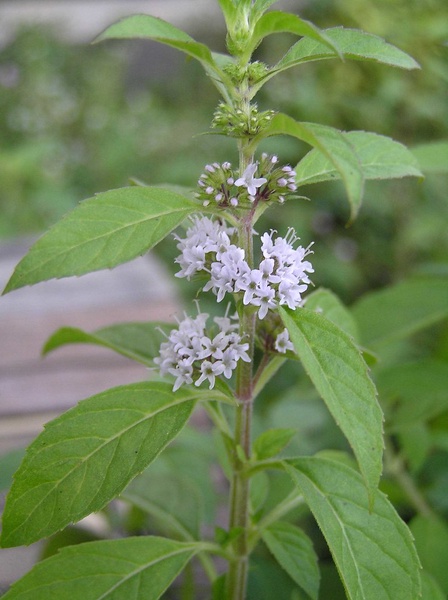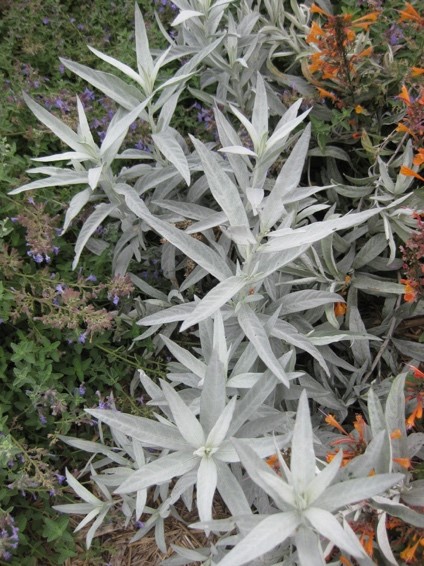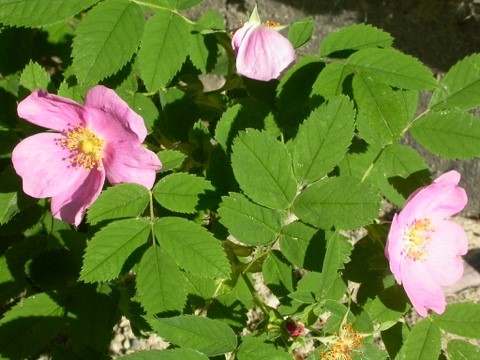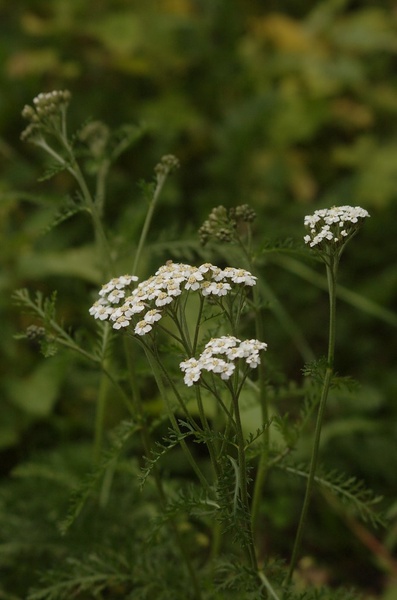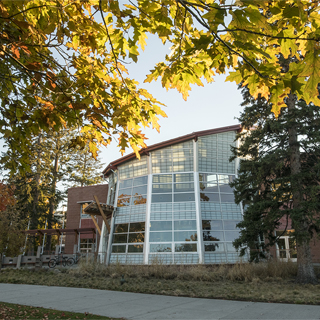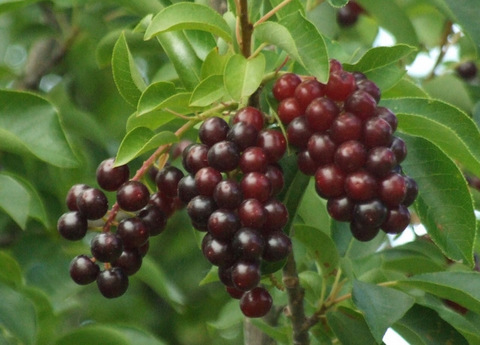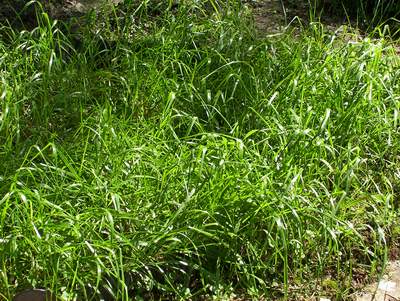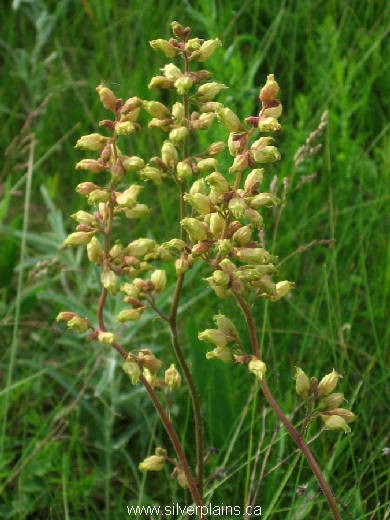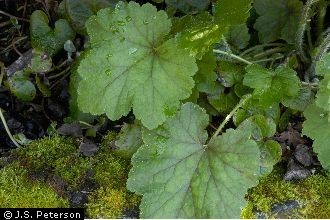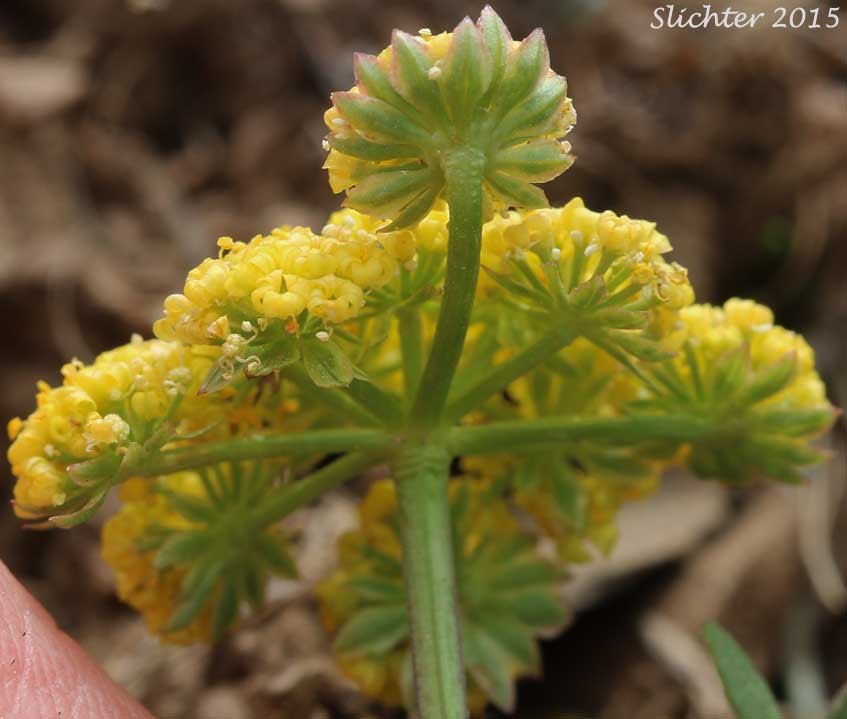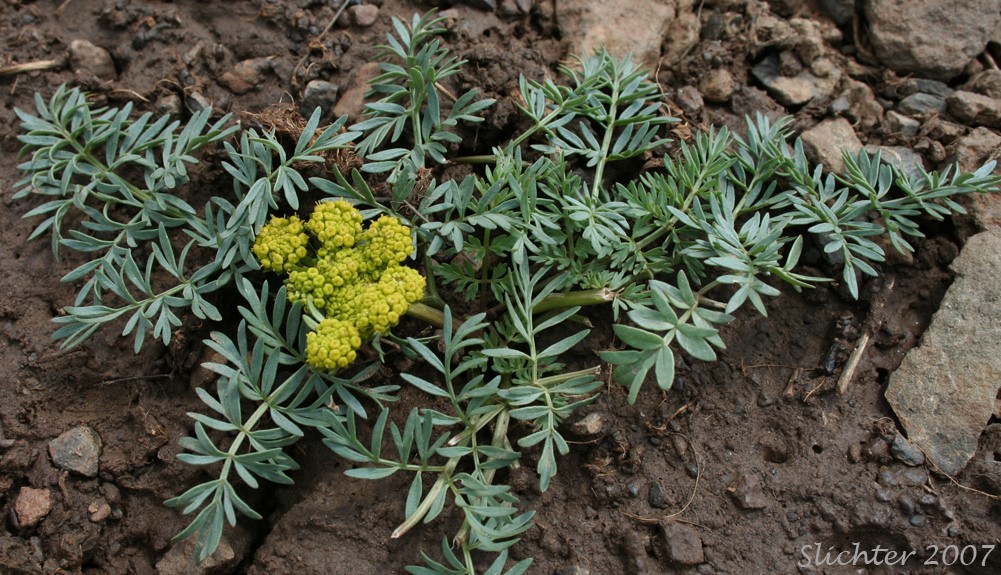Blackfeet Reservation
Blackfeet Tribe (Northwestern Plains and Rocky Mountain Front)

The Place
The Rocky Mountain front and the adjacent northwestern prairies of western Montana are characterized by a mix between short-grass prairies, shrublands and mixed-coniferous forests. Some of the widespread plants located here that are culturally significant to the Blackfeet peoples include, but are not limited to: yarrow, chokecherry, blanketflower, Oregon grape, sweetgrass, Jacobs ladder, goldenrod, arrowleaf balsamroot and wild rose, as well as lodgepole pine, ponderosa pine, douglas fir, and cottonwood trees. Some of the animals on Blackfeet land include: The bald eagle, gray wolf, grizzly bear, Canada lynx, bull trout, pronghorn, deer, elk, prairie dogs, foxes and one of the rarest mammals in North America, the black-footed ferret. The native grasslands are also crucial for continentally declining grassland birds such as the greater-sage grouse.
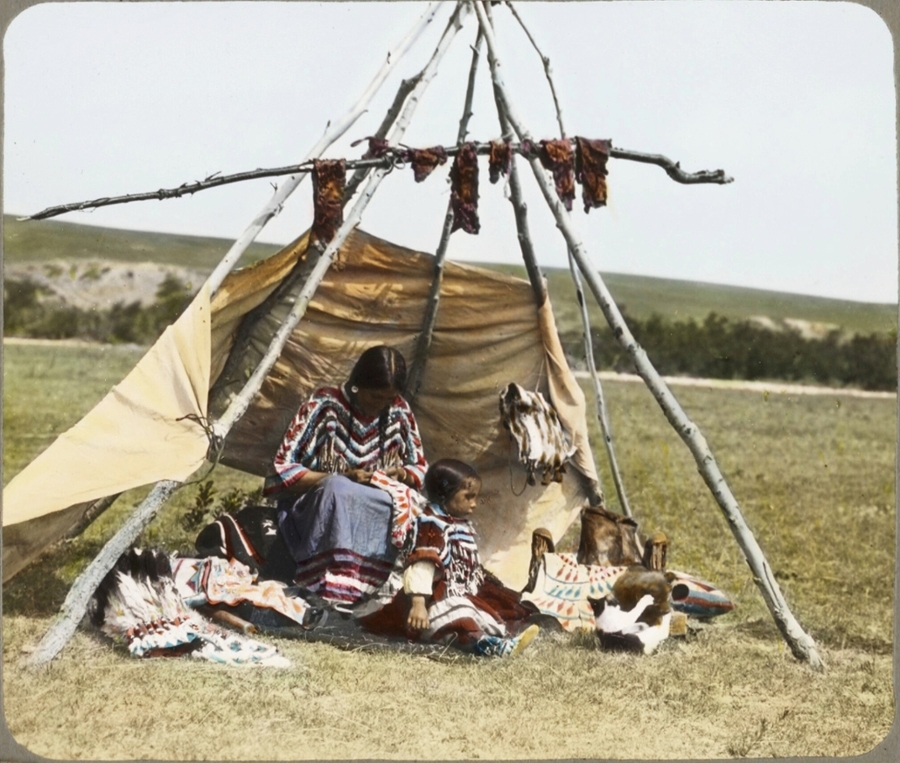
The People
By the time fur traders first made contact with the Blackfeet tribes in 1735, their territory stretched from present-day southern Alberta and Saskatchewan to the northwestern plains of Montana. The Blackfoot Nation is a confederation of four tribes: Blackfoot/Siksika, Blood/Kainai, Pikuni/Piegan and North Piegan Pikuni. These tribes share a common language and many of the same ceremonies and they are recognized as domestice sovereign nations within a nation. Tribal members in the United States mainly descend from the Southern Piegan. The other tree tribes are located in Canada.
Historically, they were nomadic hunter-gatherers, following the seasonal migration of bison herds. During the early part of the 1800's, diseases, starvation and war brought on by the white settlers reduced their number to less than 5,000. In the face of these adversities, the Blackfeet have not lost their culture or their language. Today, there is approximately 25,000 Blackfeet members who call themselves "Niitsitapi" meaning "the real people.”
The reservation in Montana is approximately 1.5 million acres and the main communities are: Browning, Heart Butte, Starr School, East Glacier, Blackfoot, Seville, St. Mary and Babb.
Tribal members have reserved rights on Glacier National Park and the Badger-Two Medicine landscape, which are off-reservation land but are culturally and ecologically important to them. An oil and gas lease on the sacred Hall Creek site and possibly all leases that are a threat to the Badger-Two Medicine are very close to being canceled after a three-decade struggle to protect the land from development.
The Plants
Chokecherry (Prunus virginiana)
Prunus virginiana, commonly known as chokecherry, was one of the most significant food sources of the Blackfeet and many other tribes throughout the country. It is a large perennial shrub that can grow up to 16 feet in height. The berry is very astringent and causes dry mouth, hence the “choke” in the name. For food, the berries are dried, crushed and mixed with meat and fat in a mixture known as "pemmican." Medicinally, the Blackfeet often drink chokecherry juice for diarrhea and sore throat. They also use the inner bark of chokecherry, along with the inner bark of serviceberry, to be drank as a purge. Mothers also drink the tea to pass on the medicinal qualities to their children through breast-feeding.
Sweetgrass (Hierochloe odorata)
Hierochloe odorata, affectionately known as sweetgrass, is a fragrant and treasured grass amongst the Blackfeet. "Hierochloe" translates to "sacred grass." A hardy perrennial growing up to 20cm tall, sweetgrass is used ceremonially by burning the dried and braided grass stems for smudging, using the fragrant smoke for purification as well as carrying prayers up to the Great Spirit (often used in the Sun Dance). Blackfeet women make sweetgrass into a tea and drink it to ease post-birth complications. Teas were also made to soothe coughs and throat irritations. In the restoration world, it can be used on water-saturated hillslopes to prevent erosion, as the rhizomes would create a secured sod. Commercial over-harvesting of wild sweetgrass has led to a decline in the abundance of sweetgrass and as a Blackfoot elder explains, “Today, sweetgrass has become scarce and hard to find”.
Alumroot (Heuchera spp)
Called apahsipoko in Blackfeet, both the prairie and the mountain types of this herbaceous perennial are used in the same manner. The only difference between the two is that the mountain species have bigger leaves and roots, and the plants that grow flat on the hills are smaller. Both species have the same Blackfoot name. The Alumroot grows in moist environments of prairie, parkland and gravelly montane slopes and talus. The roots are used in a variety of ways for medicine. A tea made from the root is used to treat a variety of ailments, including sore throats, colds, chest problems and diarrhea. Often a small piece of the root is chewed especially for sore throats. A salve of the root is used to dry infected cuts, sores and burns. This plant is also good for diabetics, whose skin is sensitive and itchy and often bleeds. Grinding the root and mixing it with a little grease makes a paste. This is then applied directly to the sore. Or, the powdered root is boiled and a clean cloth is soaked in this mixture and applied to the area.
Biscuit Root (Lomatium cous)
Called Koos in Blackfeet, this perennial herb was one of the staple foods of the Blackfeet. It grows in more arid soils and on grassy slopes of the Rocky Mountains. The inside of the root was peeled, dried, and ground into flour to form into loaves. A hole was made in the center so it could be fastened onto a pack for traveling. The seeds are also very nutritious eaten raw or roasted, or made into flour. Fresh or dried biscuit root can be made into an antiviral tea or tincture, used to specifically treat sinus and chest conditions. The Blackfeet also just drank the tea to treat a “weakened condition”. Slices of the root were strung on buckskin and hung around a mare’s neck, believing it would help her give birth to a strong colt in the spring. Another way Biscuit root helped the horses was as a remedy for distemper. After running the horse hard, it would be breathing heavily and the owner would blow smoke from the burning roots into the horse's nostrils.
The Other Plants In The Blackfeet Circle


